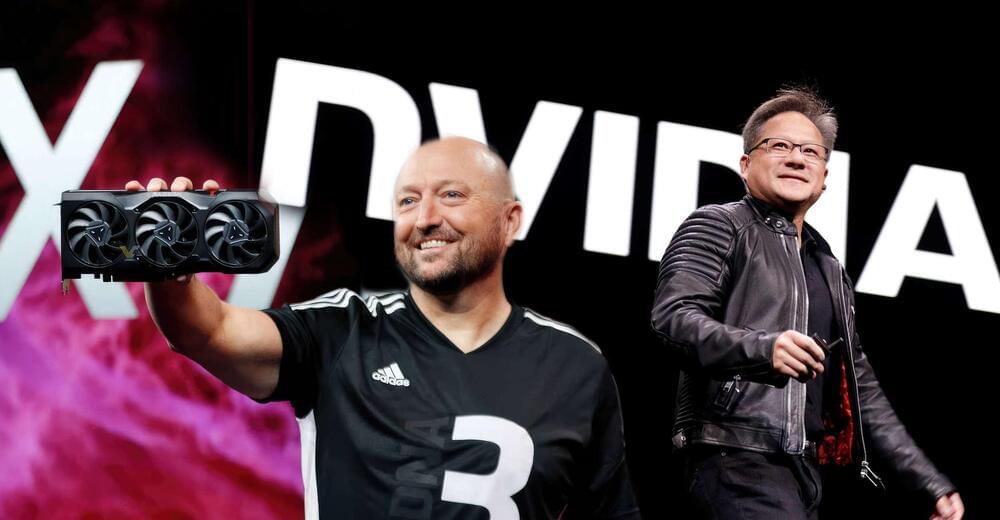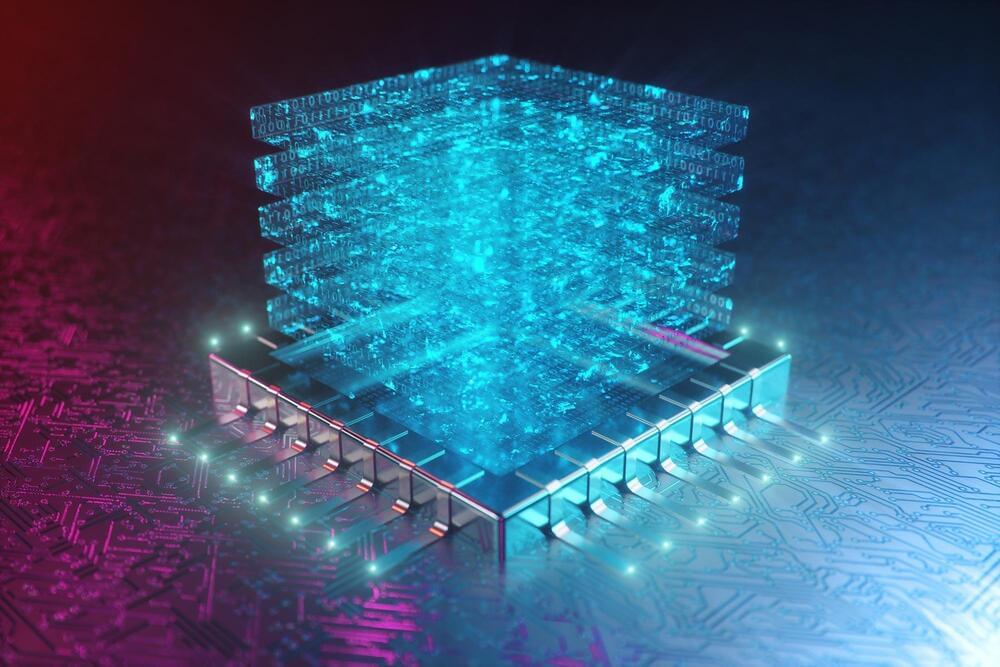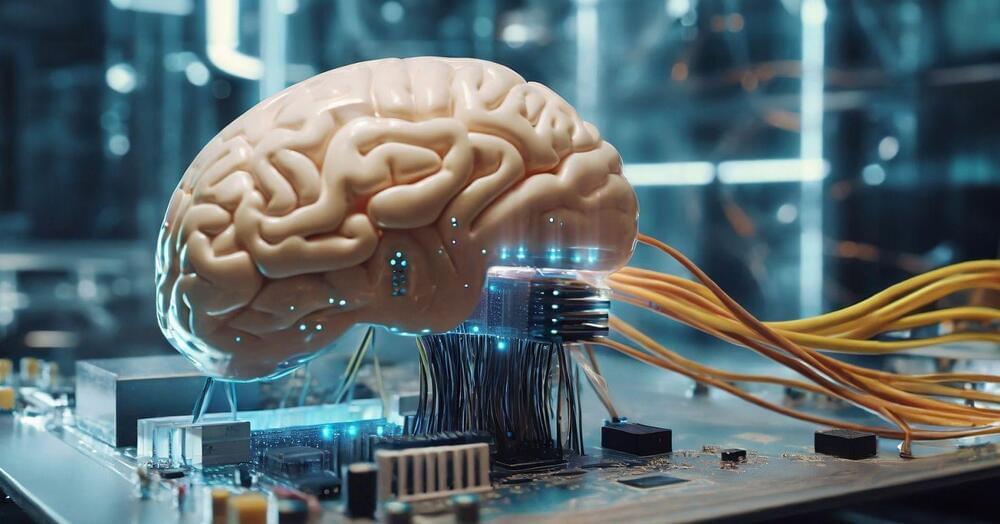India’s government has approved $15.2 billion worth of investments in semiconductor fabrication plants, including a Tata Group proposal to build the country’s first major chipmaking facility.
Category: computing – Page 201
Watch some of the biggest names in physics debate the mysteries of the quantum and its future, including Roger Penrose, Sabine Hossenfelder, Avshalom Elitzur, Michio Kaku, Suchitra Sebastian, Priya Natarajan, Joscha Bach, Erik Verlinde, Hilary Lawson and Bjørn Ekeberg.
From string theory to quantum gravity and quantum computers, the quantum discourse is all the buzz in physics and beyond. But what is possible and what mere fantasy? Can we bring together relativity and quantum mechanics? Will we ever find a unified theory to explain our universe?
00:00 Introduction.
00:45 Why is modern physics in crisis | Roger Penrose, Sabine Hossenfelder, Priya Natarajan, Erik Verlinde.
15:44 Are we at the cusp of a revolution? | Avshalom Elitzur, Michio Kaku, Joscha Bach, Bjørn Ekerberg.
28:06 What is quantum emergence? | Suchitra Sebastian.
#quantumemergence #relativity #quantumphysics.
Debates and talks featured:
The trouble with time (London, 2023)
https://iai.tv/video/the-trouble-with…
Mystery of emergence (London, 2023)
https://iai.tv/video/the-mystery-of-e…
Gravity and the universe (London, 2023)
https://iai.tv/video/gravity-and-the–…
Imagining the universe (Hay, 2023)
https://iai.tv/video/imagining-the-un…
The secrets of quantum emergence (Hay, 2023)
https://iai.tv/video/the-secrets-of-q…
The quantum hoax (Hay, 2023)
https://iai.tv/video/the-quantum-hoax…
Reality models and mayhem (Hay, 2023)
https://iai.tv/video/reality-models-a…
The quantum age (IAI Live, 2023)
https://iai.tv/video/the-quantum-age–…
The Institute of Art and Ideas features videos and articles from cutting edge thinkers discussing the ideas that are shaping the world, from metaphysics to string theory, technology to democracy, aesthetics to genetics. Subscribe today! https://iai.tv/subscribe?utm_source=Y…
For debates and talks: https://iai.tv.
“They are the GPU cartel and they control all supply” Scott Herkelman, former AMD Radeon chief, has something to say about NVIDIA practices. Scott Herkelman & Jensen Huang, Source: AMD/NVIDIA According to the article on Wall Street Journal (via Tom’s Hardware), NVIDIA might be delaying data center GPU orders if customers start eyeing other options. […].
Molecules that are induced by light to rotate bulky groups around central bonds could be developed into photo-activated bioactive systems, molecular switches, and more.
Researchers at Hokkaido University, led by Assistant Professor Akira Katsuyama and Professor Satoshi Ichikawa at the Faculty of Pharmaceutical Sciences, have extended the toolkit of synthetic chemistry by making a new category of molecules that can be induced to undergo an internal rotation on interaction with light. Similar processes are believed to be important in some natural biological systems.
Synthetic versions might be exploited to perform photochemical switching functions in molecular computing and sensing technologies or in bioactive molecules, including drugs. Their report is pending in Nature Chemistry.
The miniaturization of electronic components, including transistors, has hit a plateau, presenting obstacles in the production of semiconductors. Nonetheless, a group of researchers, led by experts in materials science from the City University of Hong Kong (CityUHK), has unveiled a novel approach for creating highly versatile and high-performing electronics using transistors made of mixed-dimensional nanowires and nanoflakes. This breakthrough facilitates easier chip circuitry design and promotes the development of future electronic devices that are both flexible and energy-efficient.
In recent decades, as the continuous scaling of transistors and integrated circuits has started to reach physical and economic limits, fabricating semiconductor devices in a controllable and cost-effective manner has become challenging. Further scaling of transistor size increases current leakage and thus power dissipation. Complex wiring networks also have an adverse impact on power consumption.
Multivalued logic (MVL) has emerged as a promising technology for overcoming increasing power consumption. It transcends the limitations of conventional binary logic systems by greatly reducing the number of transistor components and their interconnections, enabling higher information density and lower power dissipation. Significant efforts have been devoted to constructing various multivalued logic devices, including anti-ambipolar transistors (AAT).
Researchers develop a computer from an array of VCSELs with optical feedback.
In our data-driven era, solving complex problems efficiently is crucial. However, traditional computers often struggle with this task when dealing with a large number of interacting variables, leading to inefficiencies such as the von Neumann bottleneck. A new type of collective state computing has emerged to address this issue by mapping these optimization problems onto something called the Ising problem in magnetism.
Understanding the Ising Problem.
Scientists achieve breakthrough in quantum optics with photon detector-based method, paving the way for improved quantum computing.
Scientists at Paderborn University have used a new method to determine the characteristics of optical, i.e. light-based, quantum states. For the first time, they are using certain photon detectors — devices that can detect individual light particles — for so-called homodyne detection. The ability to characterize optical quantum states makes the method an essential tool for quantum information processing. Precise knowledge of the characteristics is important for use in quantum computers, for example. The results have now been published in the specialist journal Optica Quantum.
Advancements in Homodyne Detection.
Edge computing is revolutionizing the way data is processed and analyzed.
Accelerate your data with edge computing for faster processing speeds & reduced latency. Discover the benefits & applications of this revolutionary technology. Click to learn more!
Understanding cloud patterns in our changing climate is essential to making accurate predictions about their impact on society and nature. Scientists at the Institute of Science and Technology Austria (ISTA) and the Max-Planck-Institute for Meteorology published a study in the journal Science Advances that uses a high-resolution global climate model to understand how the clustering of clouds and storms impacts rainfall extremes in the tropics. They show that with rising temperatures, the severity of extreme precipitation events increases.
Extreme rainfall is one of the most damaging natural disasters costing human lives and causing billions in damage. Their frequency has been increasing over the last years due to the warming climate.
For several decades, scientists have been using computer models of the Earth’s climate to better understand the mechanisms behind these events and to predict future trends.









